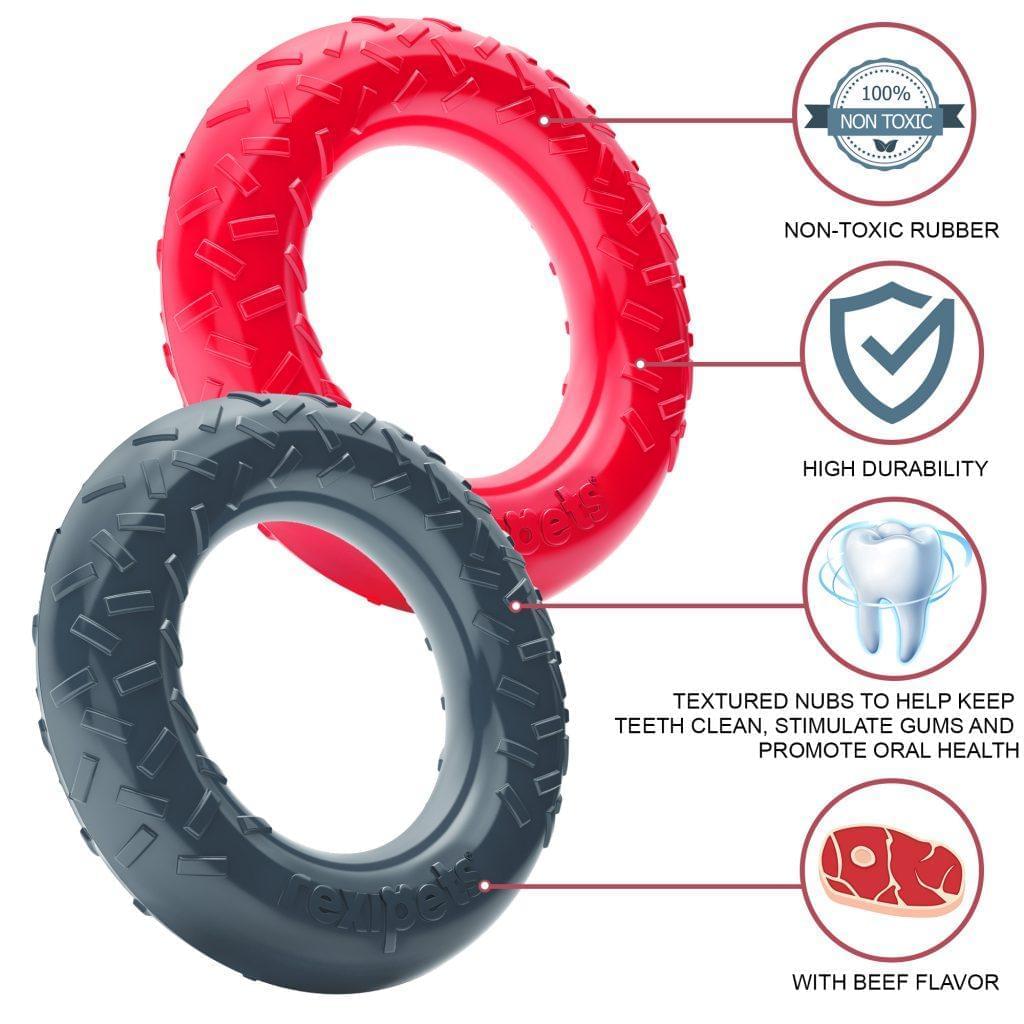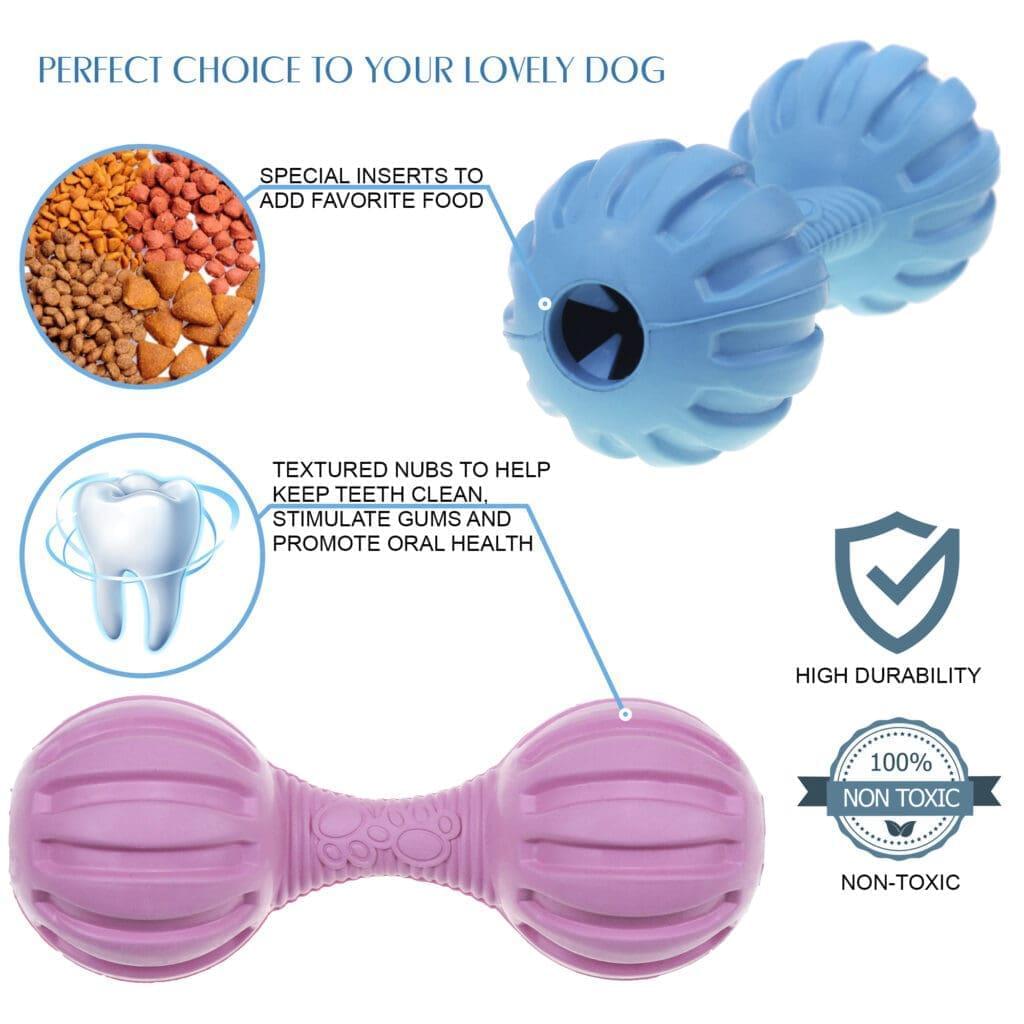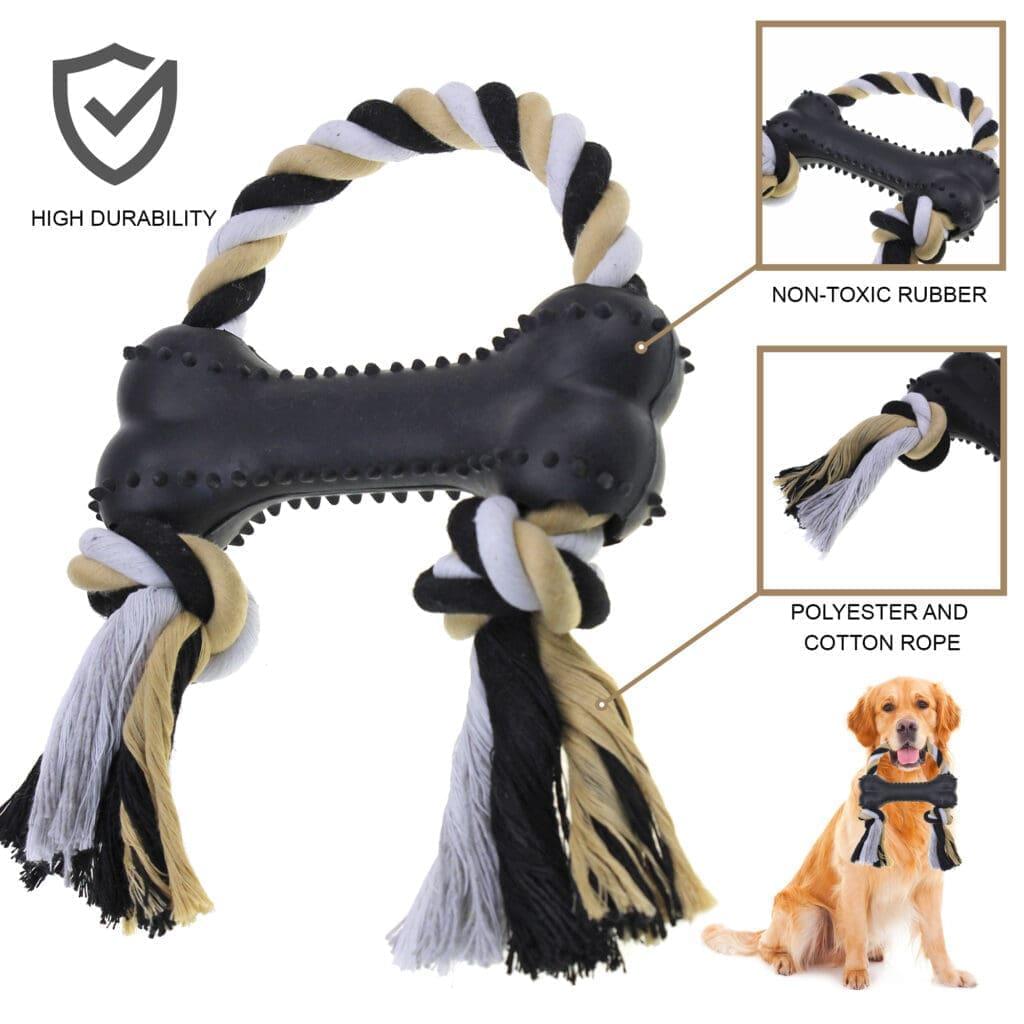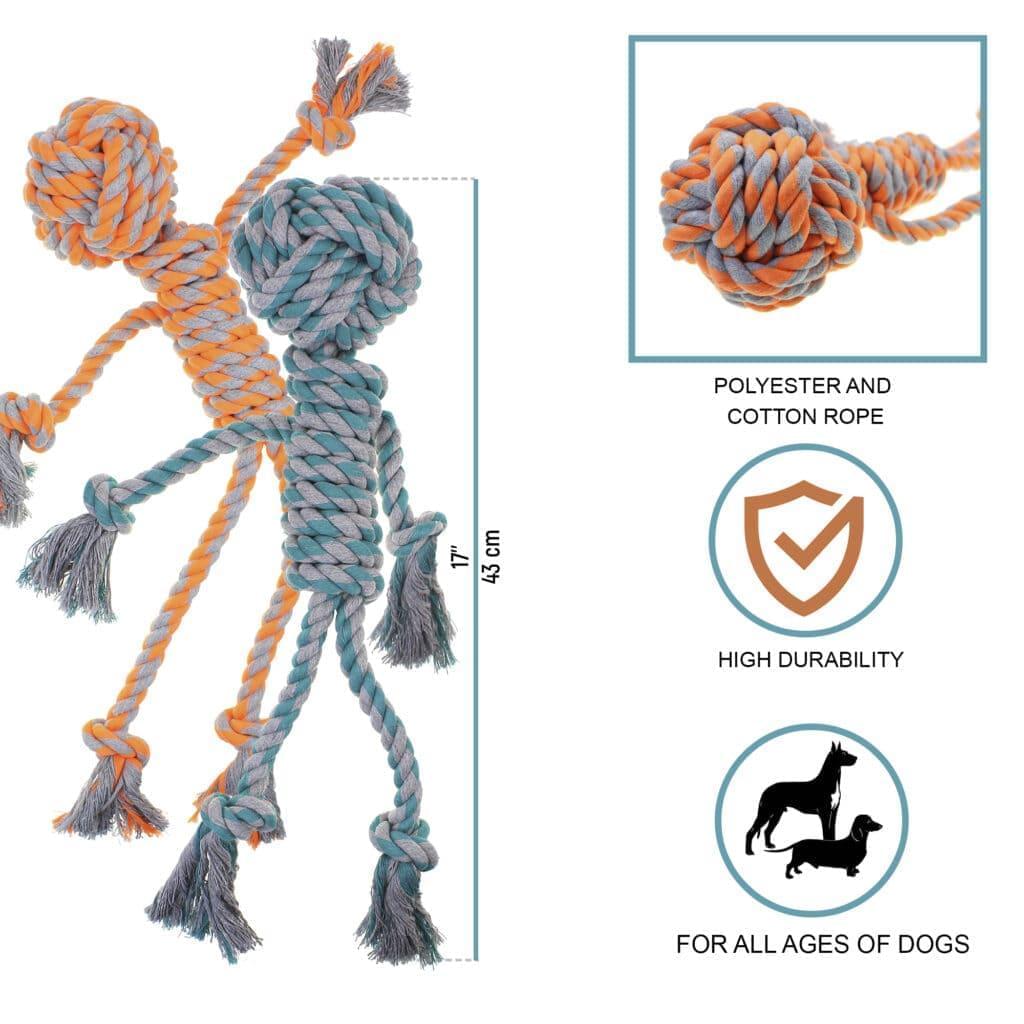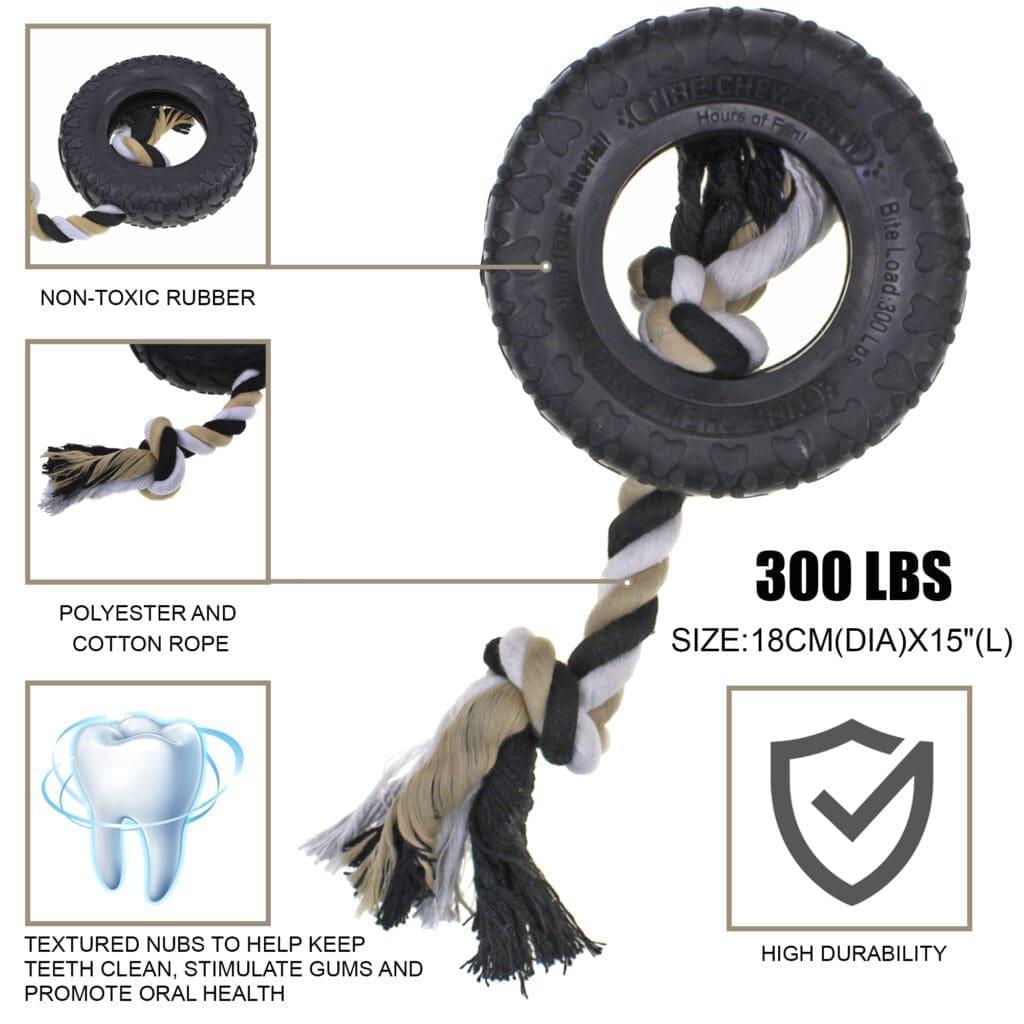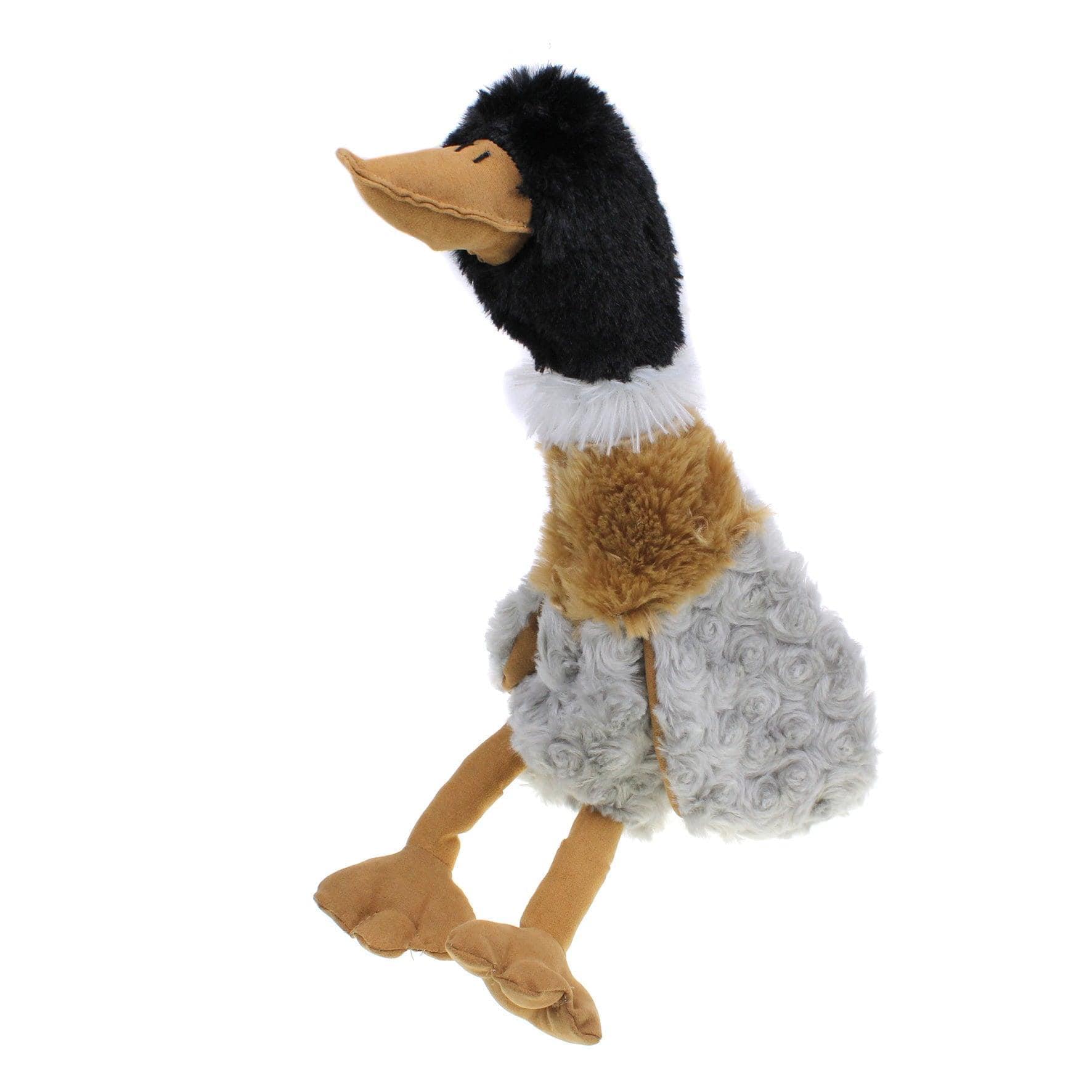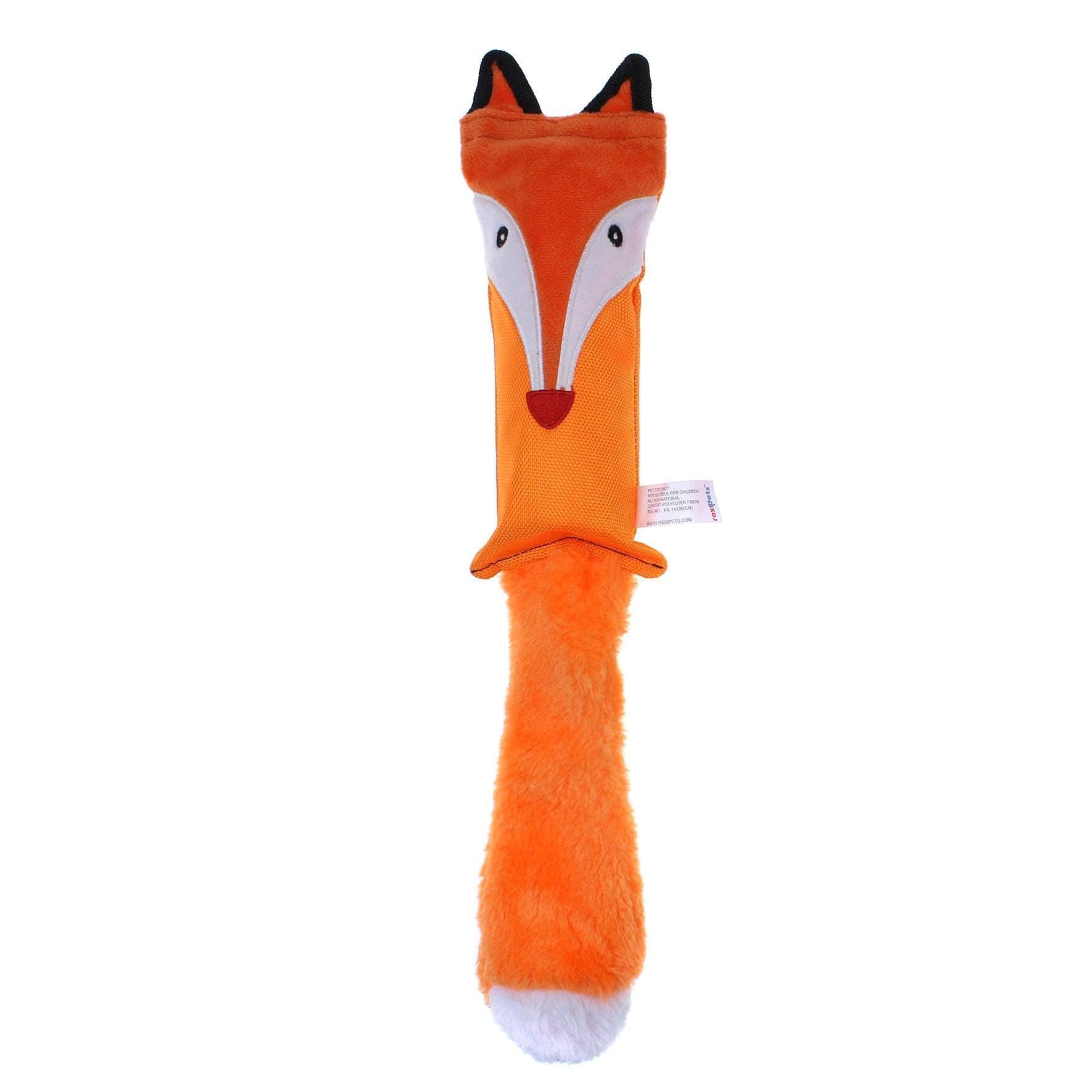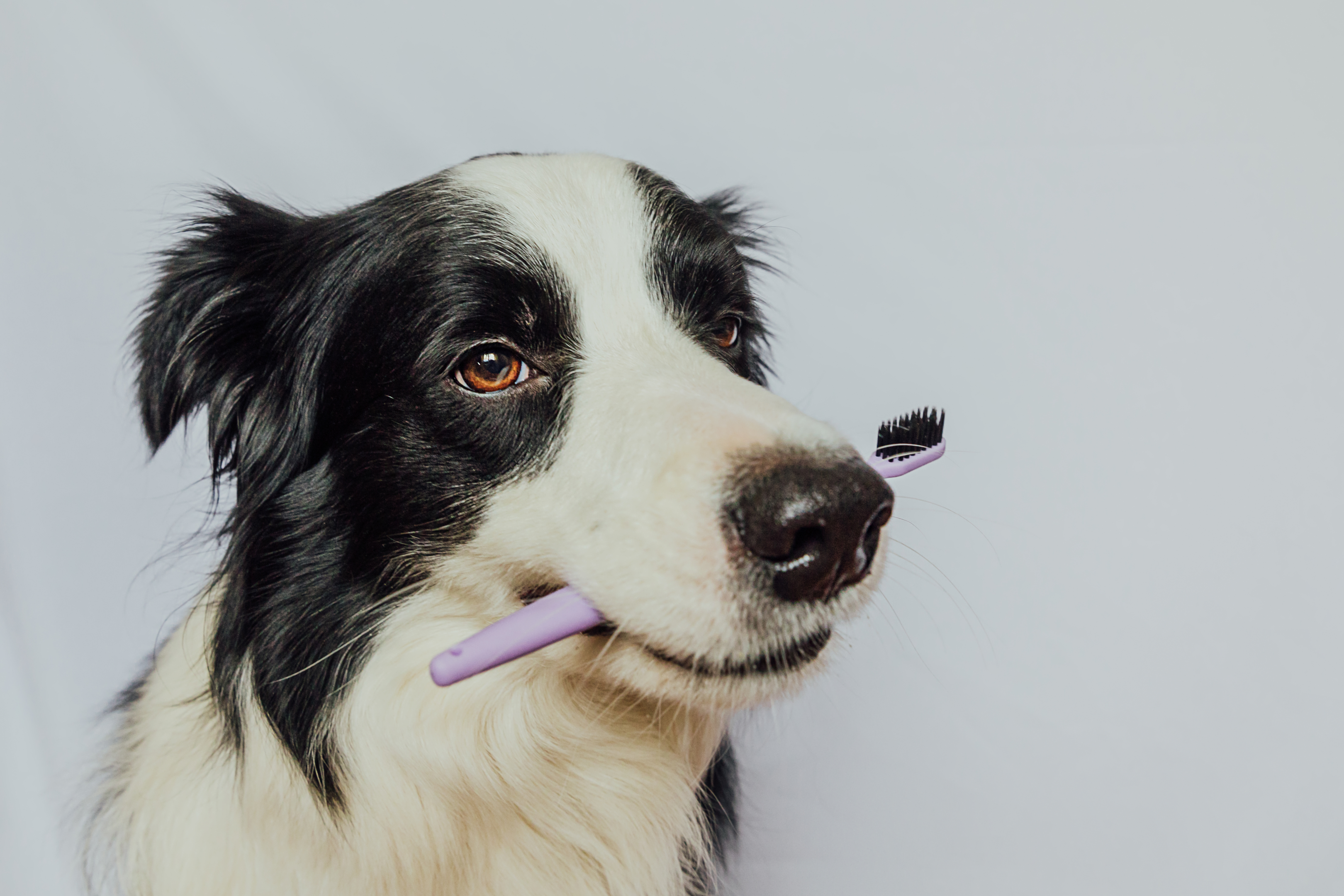
Do you have a wrestling match with your dog every time you try to brush your dog's teeth? We feel you. Many dog owners can relate to this struggle of maintaining their pet's dental hygiene, especially when their furry friend simply won't cooperate.
Today in this guide, we'll explore effective techniques and tips for brushing your dog's teeth even when they refuse to cooperate, ensuring their oral health remains a priority.
From implementing gentle and patient approaches to alternative ways to tackle oral gum problems, let's explore the strategies that can make taking care of your dog's oral hygiene easier for you.
How To Brush Dog Teeth When Your Dog Refuses?
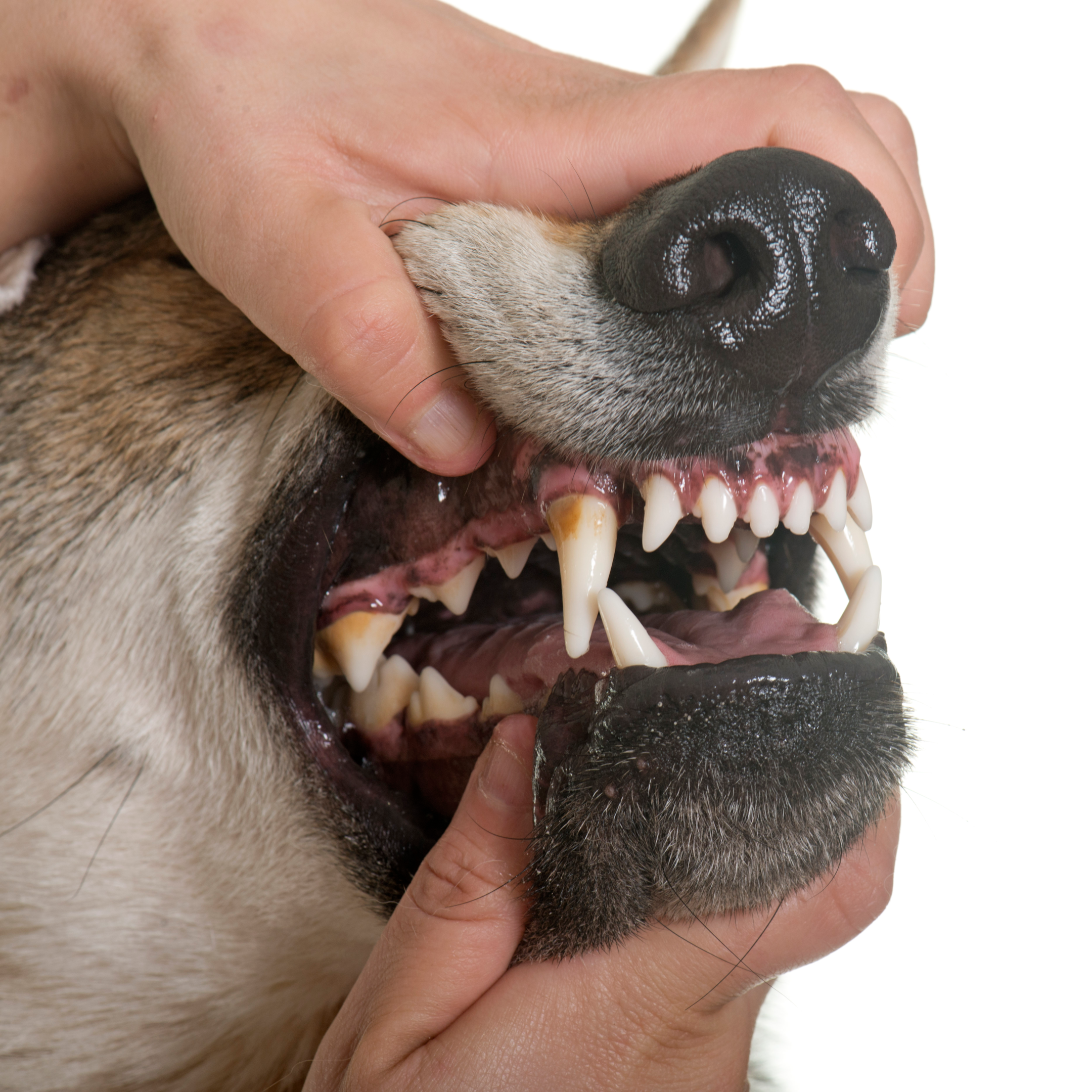
Don't worry if your dog doesn't like the toothbrush. We have a step-by-step guide to make brushing fun and easy for both of you so that your dog doesn't hate teeth brushing.
-
Introduce the toothbrush
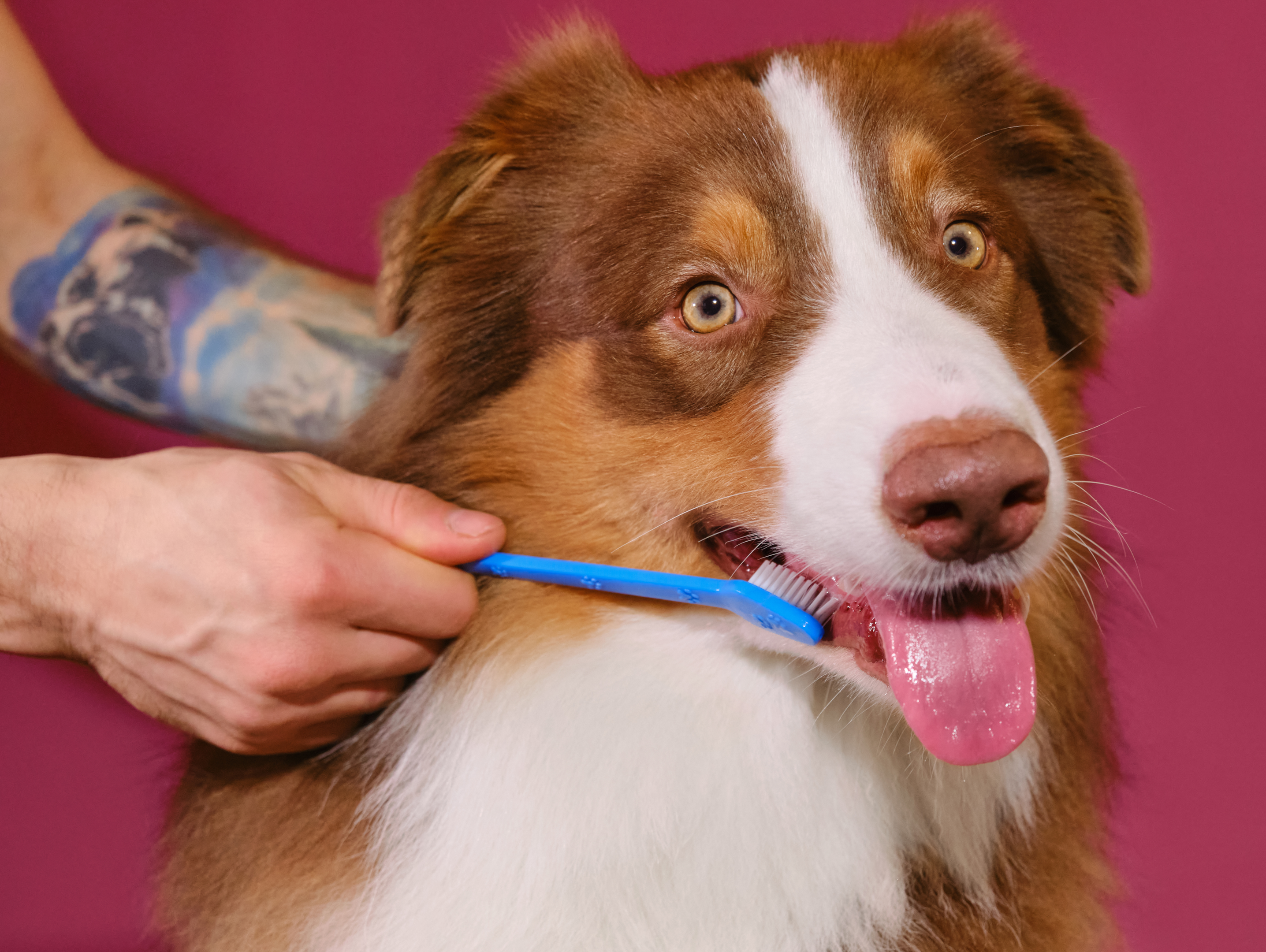
Start by letting your dog sniff and observe the toothbrush without trying to brush its teeth right away. This gives your dog a chance to get used to it. Letting your dog explore the toothbrush first helps it feel comfortable and not scared.
-
Choose the right toothpaste
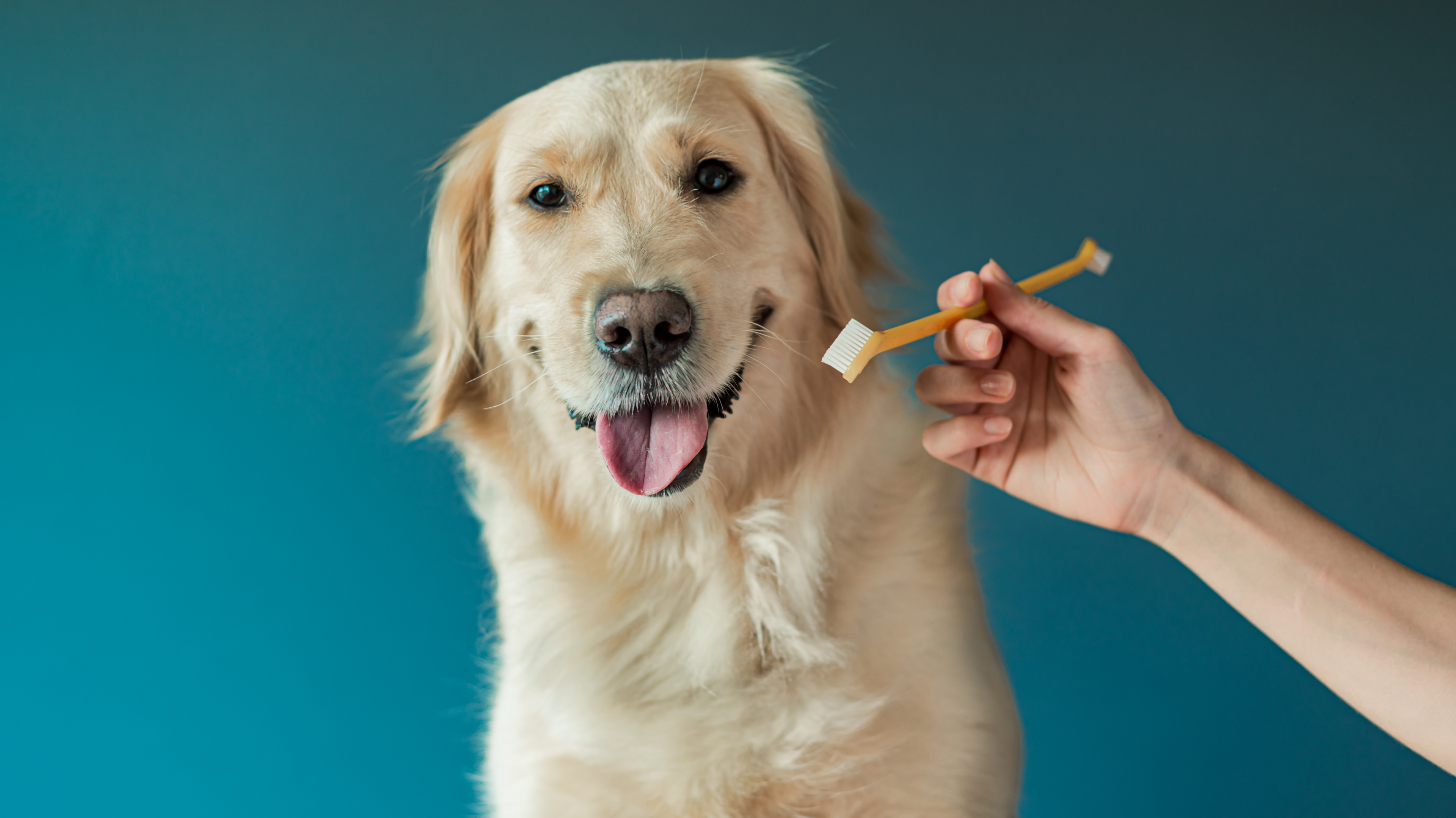
Get toothpaste specially made just for dogs. It is crucial not to use human toothpaste because it can make dogs sick if they injest it.
Dog toothpaste comes in flavors like chicken or beef, which dogs like. This makes it easier to use because your dog might be drawn toward the taste of the toothpaste.
-
Finger brush and dental wipes
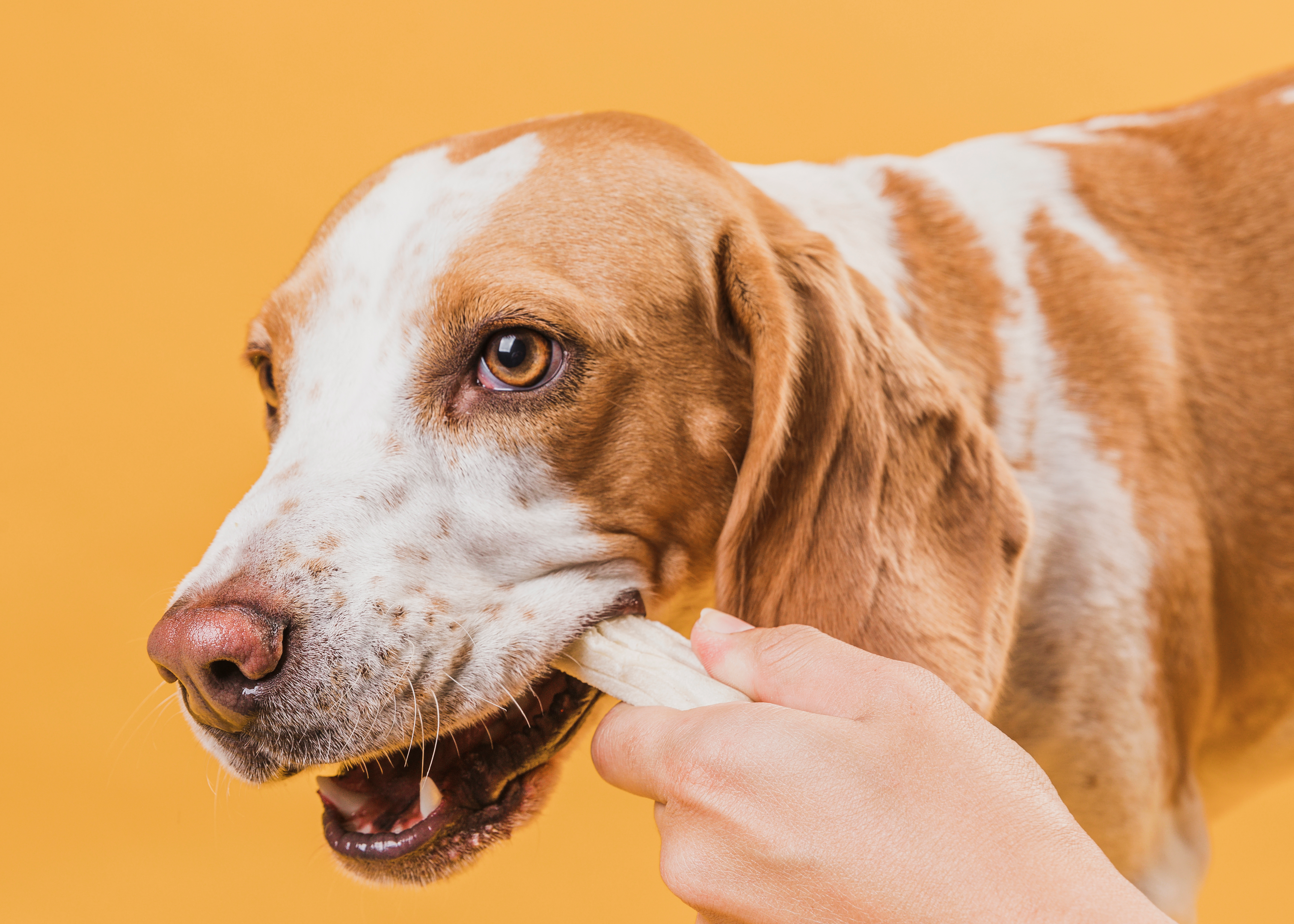
If your dog doesn't like the regular toothbrush, you can use your fingers or dental wipes instead. These options might make teeth cleaning less scary for your dog and make them feel more comfortable.
-
Positive reinforcement
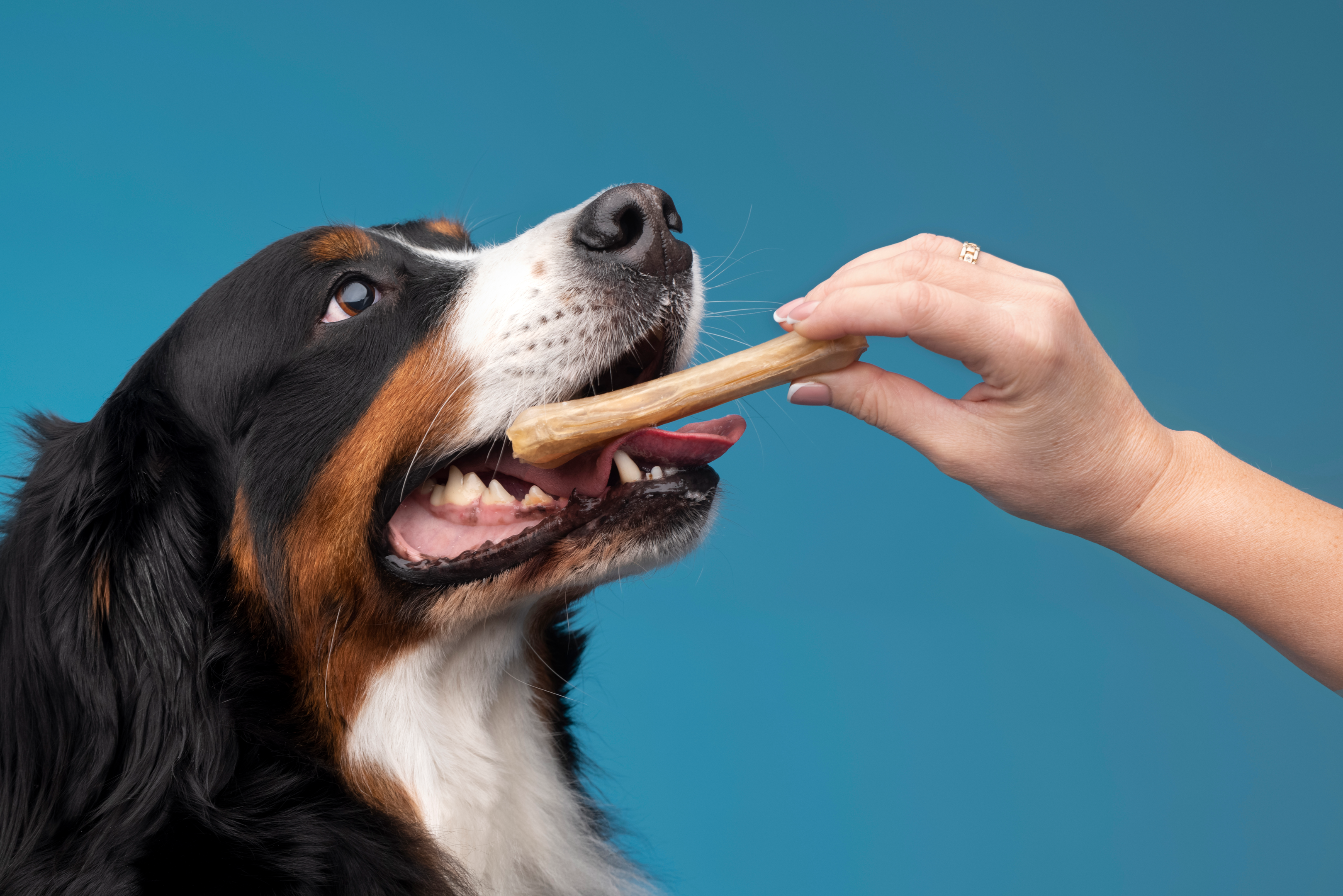
Turn tooth brushing into a positive experience for your dog by giving them treats, praise, or playtime afterward. This will make them feel happy and associate tooth brushing with good things.
While brushing back teeth, keep your dog busy with a toy or a treat game they like. This helps them focus on something fun and makes brushing more fun.
-
Start brushing slowly
Begin by gently touching your pet's teeth with your fingers to allow your dogs to accept tooth brushing easily. Gradually introduce the toothbrush in the mouth in small steps, allowing your dog to get used to the sensation.
-
Focus on the gum line
When brushing your stubborn dog's teeth, pay special attention to the gum line—where the gums meet the teeth. Plaque and tartar tend to build up, leading to dental issues if not removed regularly.
By using gentle, circular motions along the gum line, you effectively remove plaque and tartar buildup. This helps to keep your dog's teeth and gums healthy and reduces the risk of different dental problems.
-
Be patient
Being patient is important when starting a new routine with your dog. If they don't like it, stay relaxed and try again later. As your dog gets used to it, you can slowly brush for longer.
Things You Need to Consider
Before you go about brushing your dog's teeth, there are a few considerations you should keep in mind. These include:
-
Choosing the Right Products
Pick toothpaste made for dogs, not humans, because it's safer for them. Dog toothpaste comes in flavors dogs like, such as chicken or beef.
-
Creating a Comfortable Environment
Don't stand over your dog when you brush their teeth—it can scare them. Instead, get down to their level and make your pet tooth brushing part of a fun routine.
-
Gentle Brushing Techniques
Use a soft toothbrush and gentle circling motion to clean your dog's teeth. Focus on the gum line, where plaque builds up. If your dog feels uncomfortable, take a break and try again later.
-
Seeking Veterinary Advice
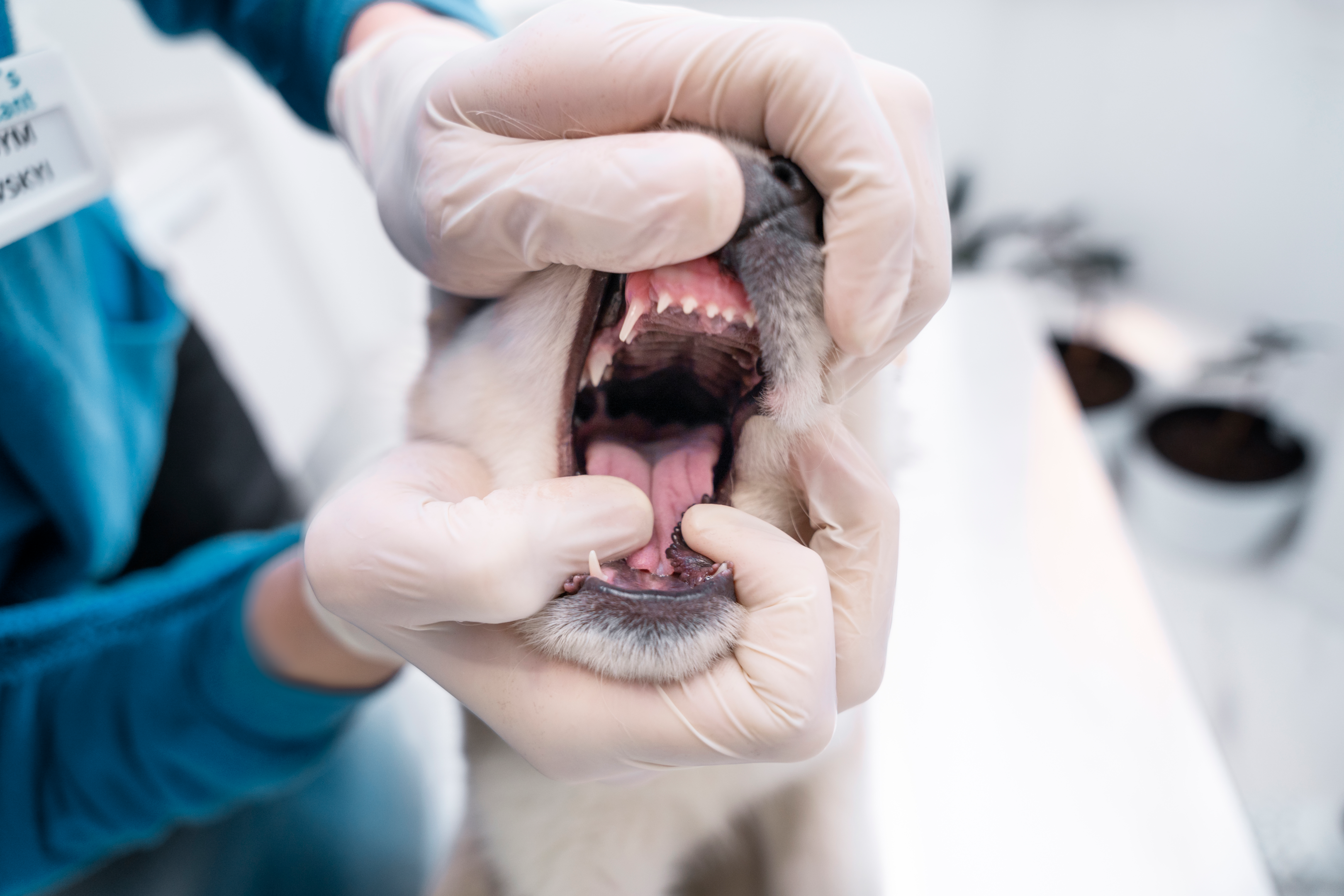
If your dog still doesn't like tooth brushing, ask your veterinarian for help. They can check if something's wrong with your dog's teeth and give you tips on how to help.
Alternative Methods
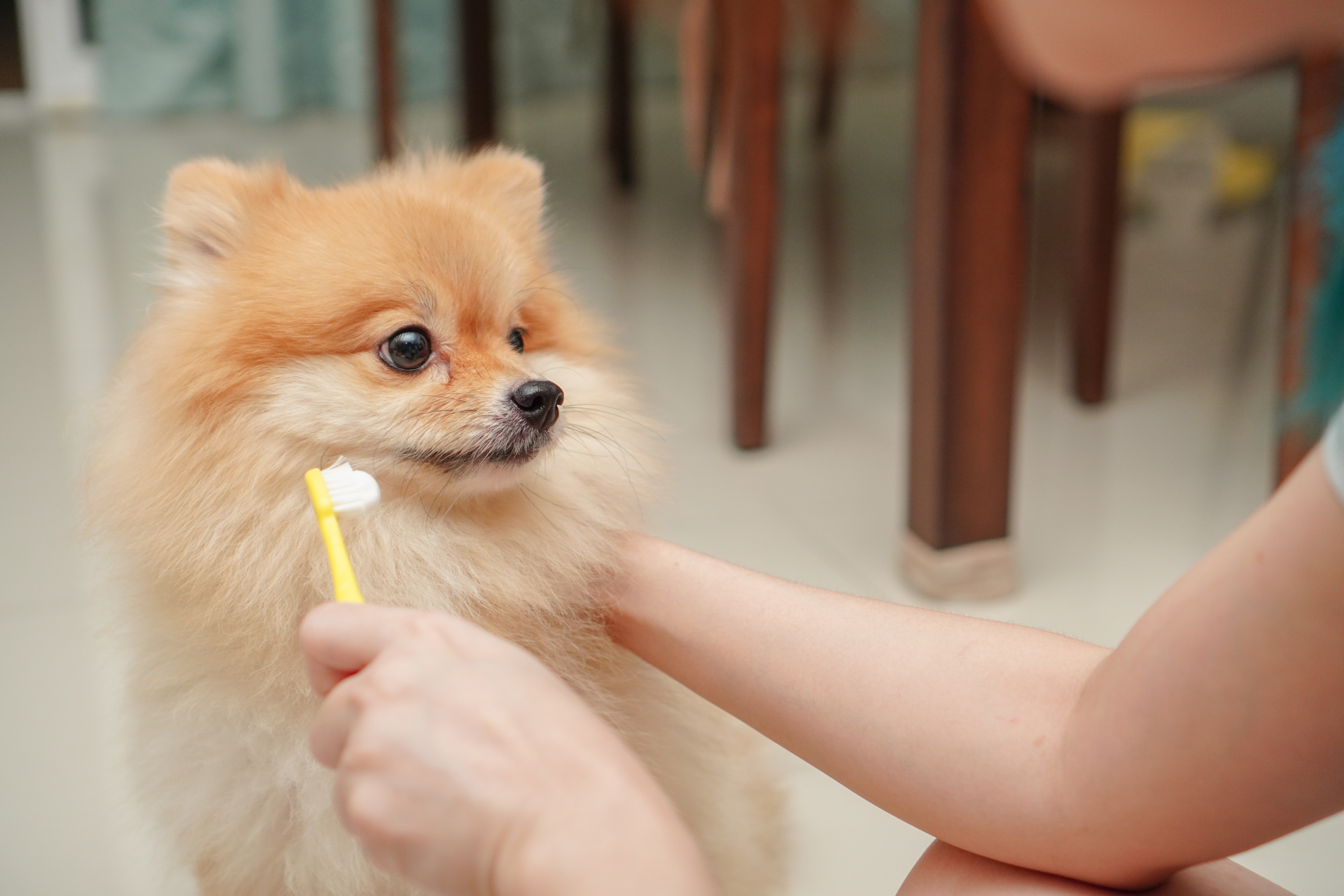
Although brushing remains the most effective method, let's explore alternatives if your dog isn't cooperating.
-
Dog Dental Wipes offer an easier alternative to brushing, using your finger instead of a brush.
-
Natural bones provide a tasty and safe way for your dog to clean its teeth through gnawing.
-
Food supplements use natural ingredients to soften and remove plaque.
-
Dog chews such as Yak cheese and bully sticks offer a delicious way to clean teeth while keeping your dog occupied. However, some chews may not last long or could be a choking hazard.
-
Oral sprays and gels can freshen breath and soften plaque, although they require you to put your hands near your dog's mouth.
-
Coconut oil is a natural option for dental care and may help break down plaque.
-
Dental chews with special ridges and grooves can help remove plaque, though their effectiveness varies, and they may not withstand heavy chewing.
-
A dental treat is a device that scrapes off plaque and tartar while providing a tasty reward. It's convenient but can be costly for daily use.
-
Water additives mixed into your dog's water can help reduce plaque buildup, but they may come with a price tag.
-
Dog Chew Toys, like Kong or Nylabone, can aid in plaque removal through gnawing but may not be as effective as dental-specific toys.
-
Certain fruits and vegetables, like carrots, can provide mild cleaning benefits, although they're not specifically recommended for dental care.
These alternatives offer varying effectiveness and convenience, allowing you to find the best fit for your dog's preferences and needs.
Final Words
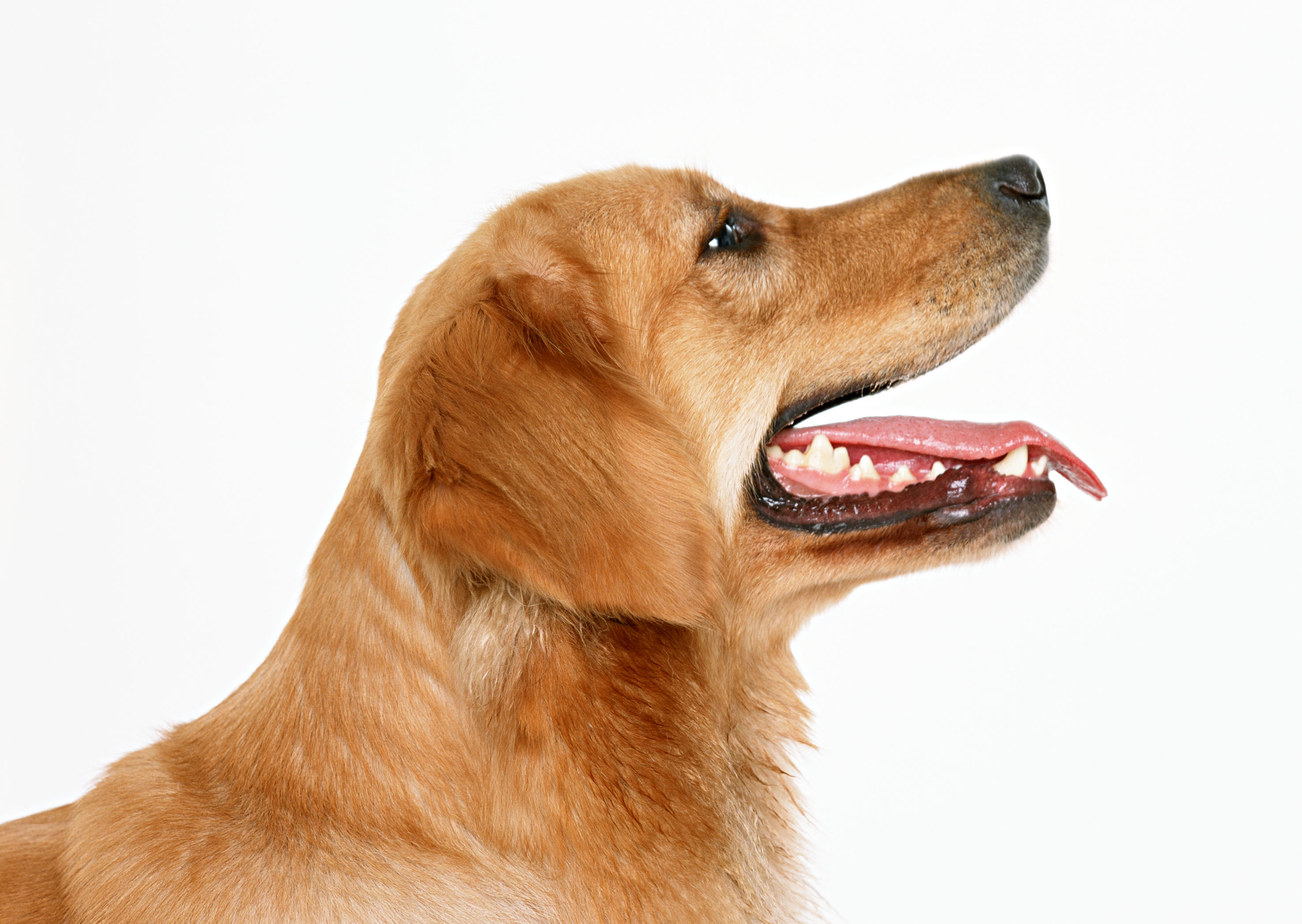
Taking care of your dog's teeth is super important, even if they hate tooth brushing. Being patient and going slow are the keys to getting your dog comfortable with tooth brushing. Luckily, there are many other ways to keep their teeth clean and healthy.
Whether you use dental wipes, give your pup bones to lick and chew on, or try out dental treats, there's something out there that will work for your pup.
Just remember to be gentle with your pets and use products made for dogs. With a little patience and the right approach, you can keep your furry friend's teeth sparkling clean and their breath fresh without fuss!










